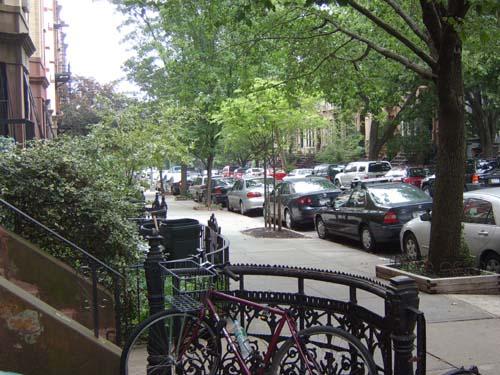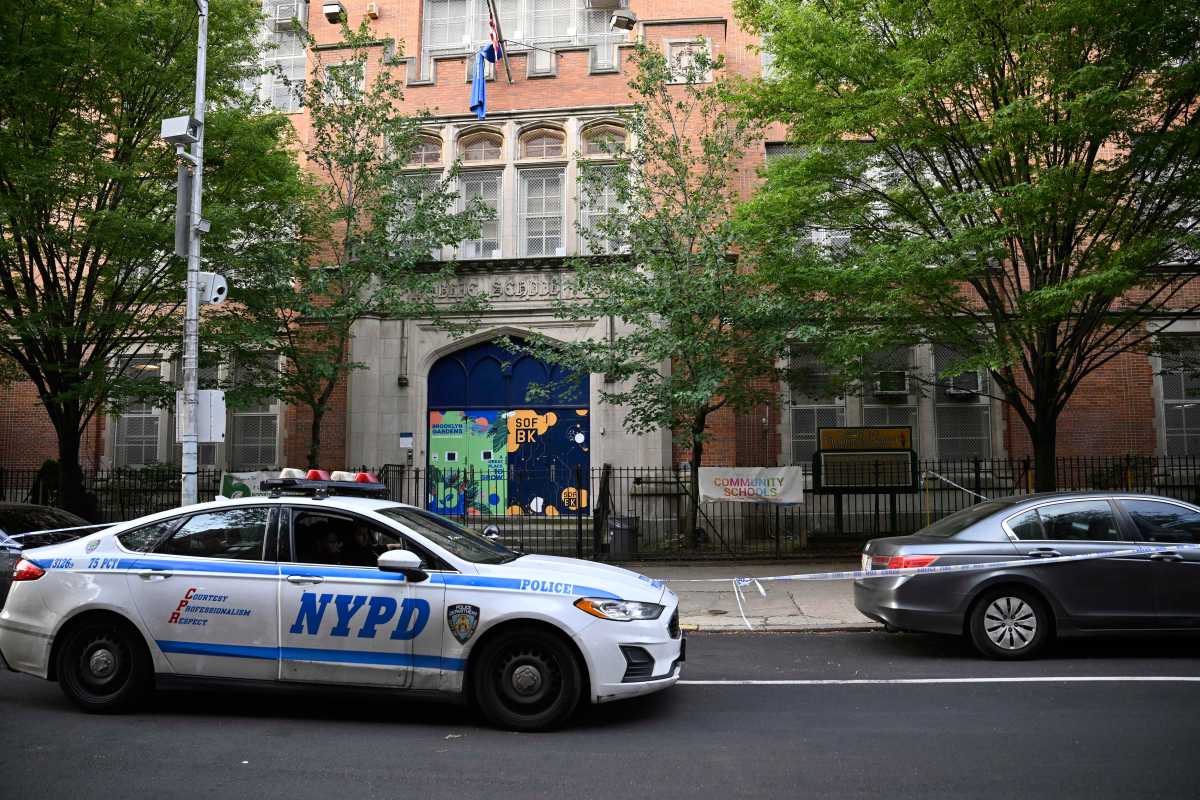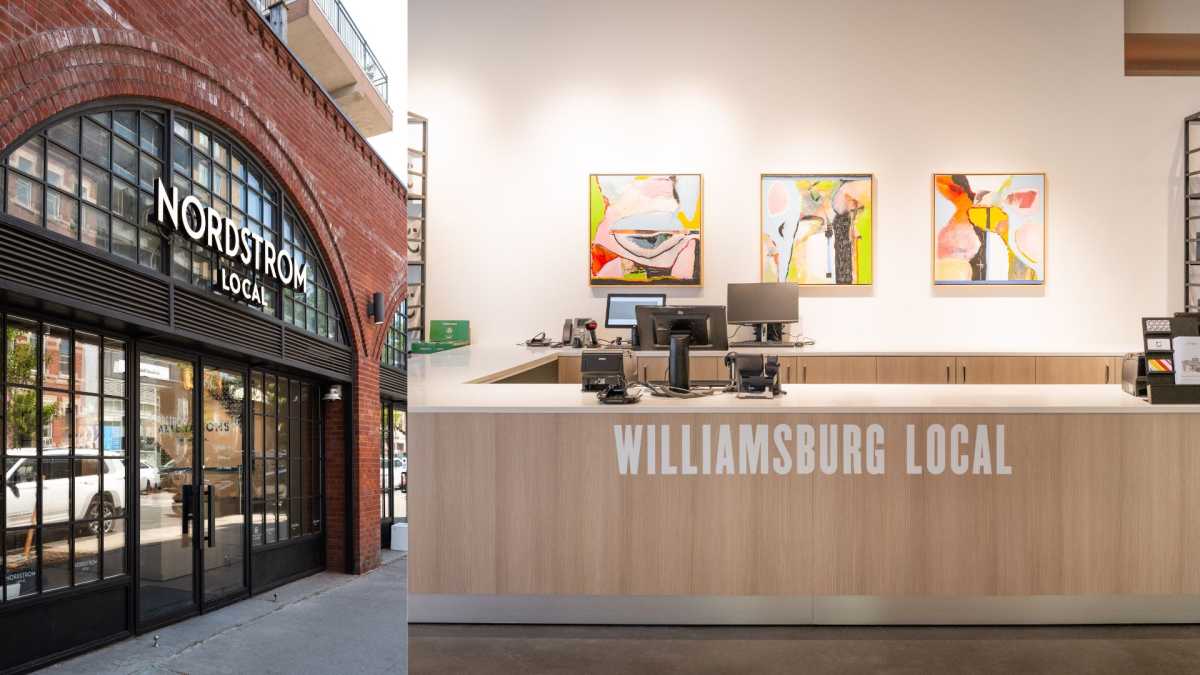It pays to live in Park Slope.
Residents in the brownstone neighborhood pay less than half in property taxes than neighborhoods in southeast Brooklyn, this newspaper has learned.
The startling disparity was brought to light by Mill Basin realtor Edie Okun, who first noticed the inequitable pattern when her firm recently sold a property in Park Slope.
The owner of a residential property with a market value of $1.3 million on Lincoln Place pays $6,435 a year in taxes. A comparable property on East 59th Street valued at $495,000 pays $14,788, city records show.
“We said, ‘Why the hell are those taxes so cheap?’” she recalled.
Okun and her business partner pored over city data, comparing residential real estate taxes in Park Slope to those in neighborhoods like Georgetowne, Mill Basin and Canarsie.
A Bergen Street home valued at $1.3 million pays $3,908 in real estate taxes, while a comparative home on Ralph Avenue with a market value of $685,000 pays $6,223.
And the list goes on, Okun said. “We are paying double and sometimes three times as much,” she said.
The city’s Department of Finance, the agency that assesses property values and collects real estate taxes, among other duties, confirmed the disparity.
According to the agency, when the property tax law was adopted by the state in 1981, Park Slope properties had lower assessed values than properties in other areas.
While real estate values in Park Slope skyrocketed, the base, assessed values remained fairly low. And real estate taxes are based on assessed value — not market value.
For small homes, assessments may not increase by more than six percent in one year and 20 percent over five years. For four- to 10-unit properties, assessments may not increase by more than eight percent in one year and 30 percent over five years.
The purpose of these limits and phase-ins is to protect owners from steep tax increases that would result from changes in market value.
But assessment caps can also create inequities because market values in and within neighborhoods change by different percentages, but the assessment caps are the same for all owners, the agency said. As a result of the caps, assessed values did not keep pace with market changes.
“Now the question is what is to be done about this?” said Assemblymember Alan Maisel, who represents neighborhoods in southeast Brooklyn.
“The city of New York is going to have to address this issue,” the state lawmaker continued. “It’s an inequity that should not stand.”
“Basically, what it means is that the people in this part of Brooklyn are subsidizing the folks in Park Slope — because they are not paying their fair share,” Maisel said. “It just doesn’t make sense.”
Councilmember Lew Fidler, who represents areas of southeast Brooklyn, called the disparity “an injustice.”
“It’s something we have to get right, just out of essential fairness,” the city lawmaker said.
“I’m not looking to punish the property owners in Park Slope, but come on, we are entitled to a fair shake,” Fidler continued.
Fidler said he has dispatched a letter to the Department of Finance, seeking a reasoned explanation.
“There ought to be some way of correcting this at least, particularly with the new transfer of a property,” he said.
State Senator Carl Kruger said the issue ought to be raised by someone running for borough president. “It’s an unfair burden and a huge disparity,” he said.
The state lawmaker has said he is considering a run for borough president. He conceded that any mention of raising property taxes—accomplished only through a change to state law—might make a candidate “radioactive,” particularly in Brownstone Brooklyn.
So be it. “You have to call it the way it is,” Kruger stated.
Ken Freeman, a realtor and president of the Park Slope Civic Council, said there was nothing sinister behind the disparities.
“I am far from an expert in this, but I’m sure there’s a mathematical explanation,” he said. “Taxes are not a policy determination, that someone is showing some kind of favoritism to Park Slope.”
Okun, a Georgetowne resident, said she hopes shedding light on the matter will bring some measure of equity to homeowners who she described as “middle-class working people.”
Asked if she would be as vigilant if she lived in Park Slope, Okun had this to say: “I think everyone should be paying the same. But probably not. I’m not a saint.”























